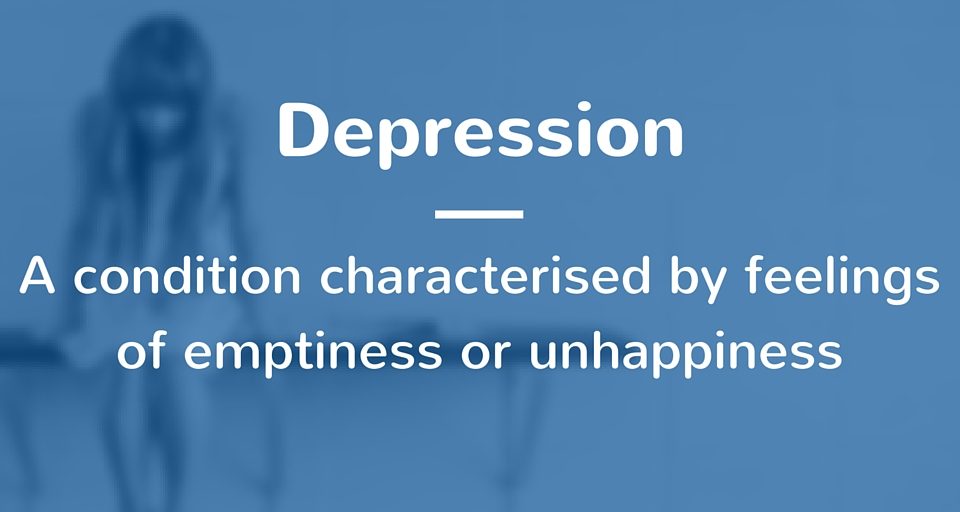Highlights
-
- A vitamin B-12 test checks the amount of B-12 in your blood. It can be taken at your doctor’s office, through a blood draw, or at home with a urine test kit.
-
- Low levels of B-12 can cause long-term damage to your nerves and brain.
-
- People with low levels of B-12 are typically older adults, vegans, and vegetarians.
- You can find B-12 in fortified cereals, supplements, and animal products.
Vitamin B-12 is an important vitamin for many bodily functions, such as brain health, blood cell production, and proper nerve functioning. There are several ways to test your B-12 levels. You can get your blood drawn or take a home urine test. These tests will look at the levels of your:
- overall vitamin B-12
- methylmalonic acid (MMA)
- homocysteine
- holotranscobalamin (holoTC)
Research suggests that MMA and holoTC may be more accurate at reading low B-12 levels because they represent active B-12. Low B-12 levels can lead to:
- permanent nerve damage
- deteriorating brain functions
- memory loss
- temporary infertility in women
People who are obese or eat a lot of meat also tend to have higher-than-normal levels. High levels of vitamin B-12 can be a sign of liver disease, certain types of leukemia, or diabetes.
Vitamin B-12 deficiency is a common condition. Between 1.5 and 15 percent of Americans have low levels of vitamin B-12, according to the National Institutes of Health. Many people, especially older adults and people with intestinal disorders, have trouble absorbing vitamin B-12 from food and oral supplements.
When does your doctor order a vitamin B-12 test?
Your doctor might recommend a B-12 test if you have:
- tingling in the hands and feet
- problems with balance
- a racing heart
- confusion
- dementia
- weakness
- loss of appetite
You may also take this test if your doctor suspects you might have pernicious anemia. Pernicious anemia is a reduction in red blood cells. It occurs when your intestines can’t absorb vitamin B-12, which is necessary for red blood cell production. Symptoms are not often seen in people younger than 30 years old. The average age of diagnosis is 60.
Symptoms of this condition include:
- diarrhea or constipation
- exhaustion
- loss of appetite
- pale skin
- inflamed red tongue, or gums that bleed
High serum folate levels
Your doctor might also test your vitamin B-12 levels if you have high serum folate levels. High serum folate levels may mask vitamin B-12 deficiency and worsen the symptoms, according to the National Institutes of Health (NIH). Serum folate measures the level of folic acid in the blood. Folic acid is necessary for your body’s growth and development and the production of red and white blood cells and platelets.
Who needs to take a vitamin B-12 test?
Your body doesn’t naturally produce vitamin B-12. It comes from animal products like fish, meat, and dairy. People who are at risk for vitamin B-12 deficiency are:
- older adults
- children
- vegans
- strict vegetarians
- people with diabetes
- people who’ve had gastric bypass surgery
New mothers who are breastfeeding may want to test their vitamin B-12 levels if they have symptoms or are in the at-risk group above. If a breast-feeding mother has low levels of B-12, her infant is at increased risk for neurological damage and developmental problems, according to Harvard Health Publications.
Some conditions may also affect your body’s ability to absorb B-12. Talk to your doctor if you have:
- pernicious anemia
- celiac disease, where your body’s immune system reacts to gluten by damaging the lining of the intestine
- Crohn’s disease, an autoimmune condition that causes persistent inflammation of the gastrointestinal tract
- atrophic gastritis, a condition where your stomach lining narrows and limits stomach acid production
Medications that may also affect the body’s vitamin B-12 levels include:
- chloramphenicol, or Chloromycetin
- proton pump inhibitors, such as Prilosec and Prevacid
- H2 receptor blockers, such as Tagamet, Pepcid, and Zantac
- metformin, for diabetes
Side effects and risks of a B-12 test
You might feel a pricking when your doctor or nurse inserts the needle into your arm. But a blood draw is low risk and generally painless. It’s also possible to feel a little sore or observe bruising on your arm for a few days after. Alert your doctor if the pain is throbbing or if your arm swells after the test.
Talk to your doctor before the test if you have a bleeding disorder, such as hemophilia, or if you’ve had problems with blood clotting in the past. It’s possible to experience excessive bleeding where the needle punctures your skin.
It’s also important to tell your doctor about any medications or over-the-counter drugs you’re taking, as certain drugs may interfere with the test results.
Types of B-12 tests and how they’re performed
Preparing for a blood test
Your doctor will tell you not to eat or drink for about six to eight hours before your test. You’ll want to make sure you’re well-hydrated on the days before the test.
During the test, your doctor will clean a small area of your arm or elbow with an antiseptic wipe or alcohol pad. They might wrap an elastic band around the top of your arm to increase the flow of blood. Your doctor will then insert the needle into your vein and collect your blood.
Once enough blood is drawn, the doctor will remove the needle and apply a bandage. Your blood sample is then taken to a lab to measure for vitamin B-12 or other markers, like holoTC.
Preparing for the home tests
It’s possible to test your B-12 levels at home. Home test kits cost about $50.00 each and can be purchased online. Most home kits test your urine for the presence of MMA, which is linked to the early stages of a vitamin B-12 deficiency.
You may need to send your urine sample to a laboratory. These kits will include a jar and mailing instructions. Others will include test strips that you dip into your urine sample yourself, allowing you to read your results right away.
Interpreting B-12 test results
Both high and low levels of vitamin B-12 may indicate an underlying problem. Low levels of B-12 can suggest anemia, an internal parasite, and hyperthyroidism. High levels of B-12 may increase your risk for cancer, according to Medical Daily.
High levels of B-12 can also be a sign of:
- liver disease
- certain types of leukemia
- diabetes
- kidney failure
It’s also possible to have low or high levels of vitamin B-12 without other health concerns. Most health conditions will have additional symptoms other than abnormal vitamin B-12 levels.
Normal ranges can also vary from laboratory to laboratory, so it’s important to discuss your results with your doctor.
Vitamin B-12 results
| Results based on picograms per milliliter (pg/mL) | |
| below 150 pg/mL | low |
| 200 to 600 pg/mL | normal |
| 800 pg/mL | high |
For urine tests, a normal range for MMA is under 3.8 mcg/mC. If you have higher levels, you may have a B-12 deficiency.
The normal range for holoTC is 23–100 pmol/L. Low holoTC is an early indicator of low B-12.
How to manage your B-12 levels
For people with high levels of B-12, treatment involves adjusting your diet. This may mean eating fewer animal products like meats, dairy, and seafood.
If you’re diagnosed with a B-12 deficiency, the goal of treatment is to increase your level of vitamin B-12. Your treatment may include:
- vitamin B-12 injection, with more frequent injections for those with severe deficiencies
- daily vitamin B-12 supplements, such as Cyanocobalamin, which is a manmade vitamin B-12
- regular administration of liquid B-12 through the nose
- adhering to a diet rich in vitamin B-12
If your B-12 deficiency is the result of an underlying medical condition, your doctor will treat that condition first.
States where vitamin B-12 supplements are most prescribed
hat to eat to prevent vitamin B-12 deficiency
Many cases of B-12 deficiency are rooted in underlying health problems, but it’s possible to take preventative measures. Preventative measures include paying close attention to your diet, especially if you’re vegetarian or vegan.
One serving of fortified breakfast cereal may fulfill 25 to 100 percent of your daily intake value, depending on the brand. Three ounces of cooked salmon has about 80 percent of your daily intake value.
You can also find B-12 in:
- seafood
- liver, pork, and beef
- chicken and poultry
- fortified soymilk
- dairy, such as milk, yogurt, cheese
- vitamin supplements
Vegetarians and vegans may also find some soy products, miso, and sea vegetables with B-12, but these don’t contain significant amounts of B-12.
How much vitamin B-12 do you need?
How much B-12 you need depends on your age and if you are pregnant or breastfeeding. The table below shows how much
| Age | Daily amount based on microgram (mcg) |
| birth to 6 months old | 0.4 mcg |
| 7 to 12 months old | 0.5 mcg |
| 1 to 3 years old | 0.9 mcg |
| 4 to 8 years old | 1.2 mcg |
| 9 to 13 years old | 1.8 mcg |
| 14 to 18 years old | 2.4 mcg |
| adults, 19 and older | 2.4 mcg |
| pregnant women | 2.6 mcg |
| Breastfeeding women | 2.8 mcg |
While high vitamin B-12 may be a sign of other conditions, consuming excess vitamin B-12 doesn’t






